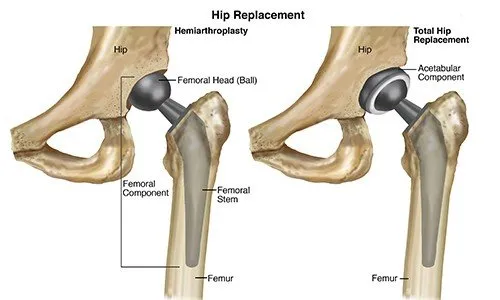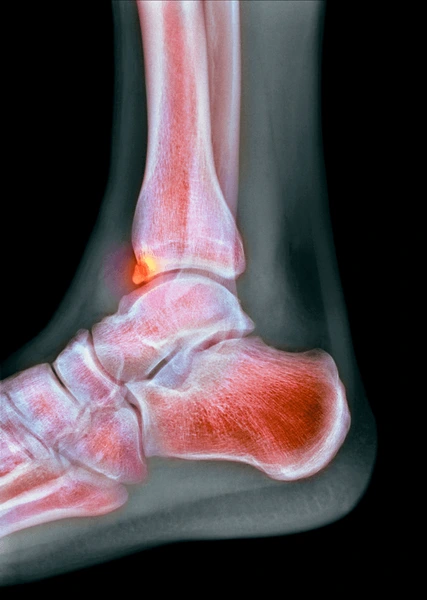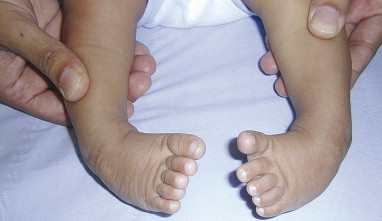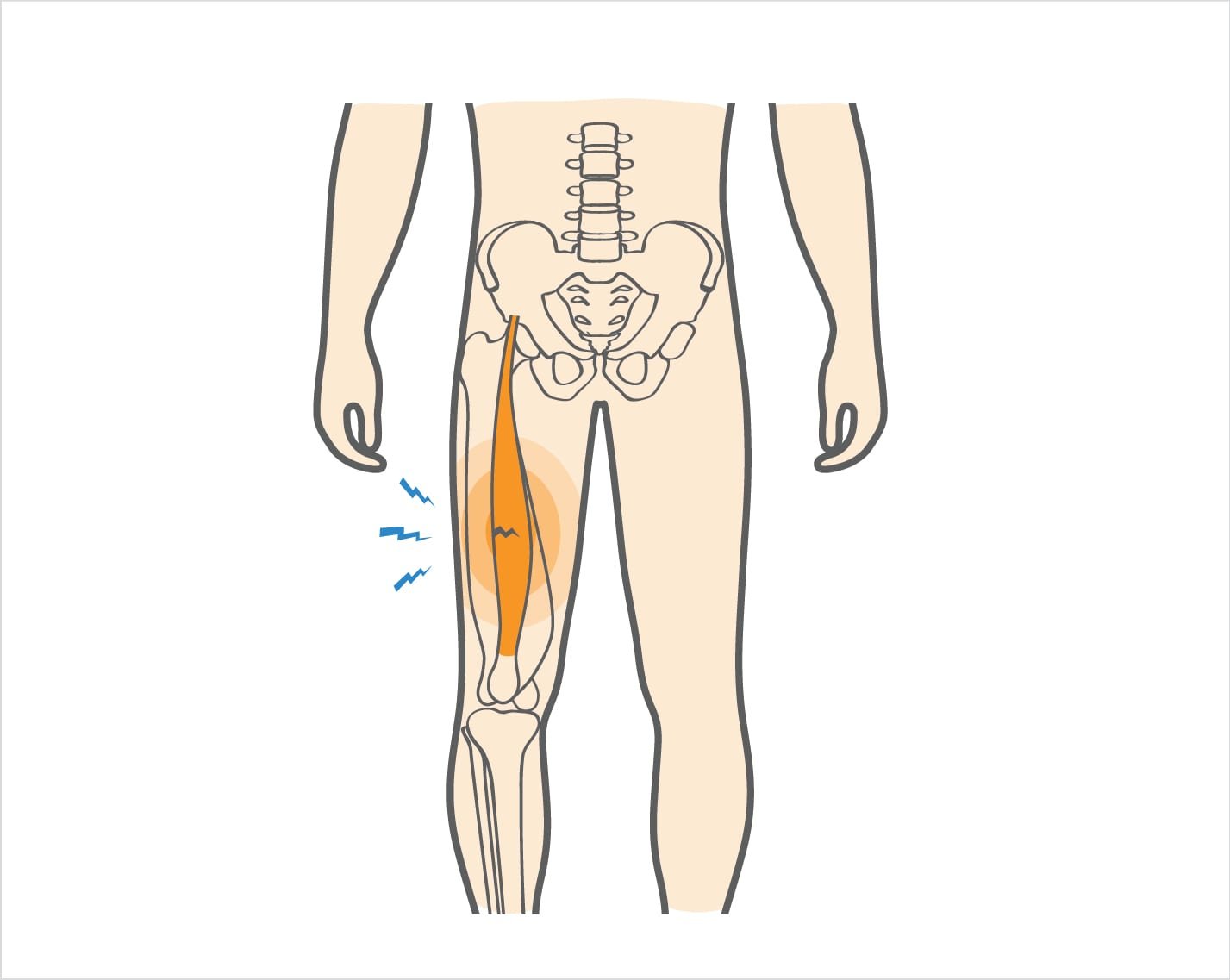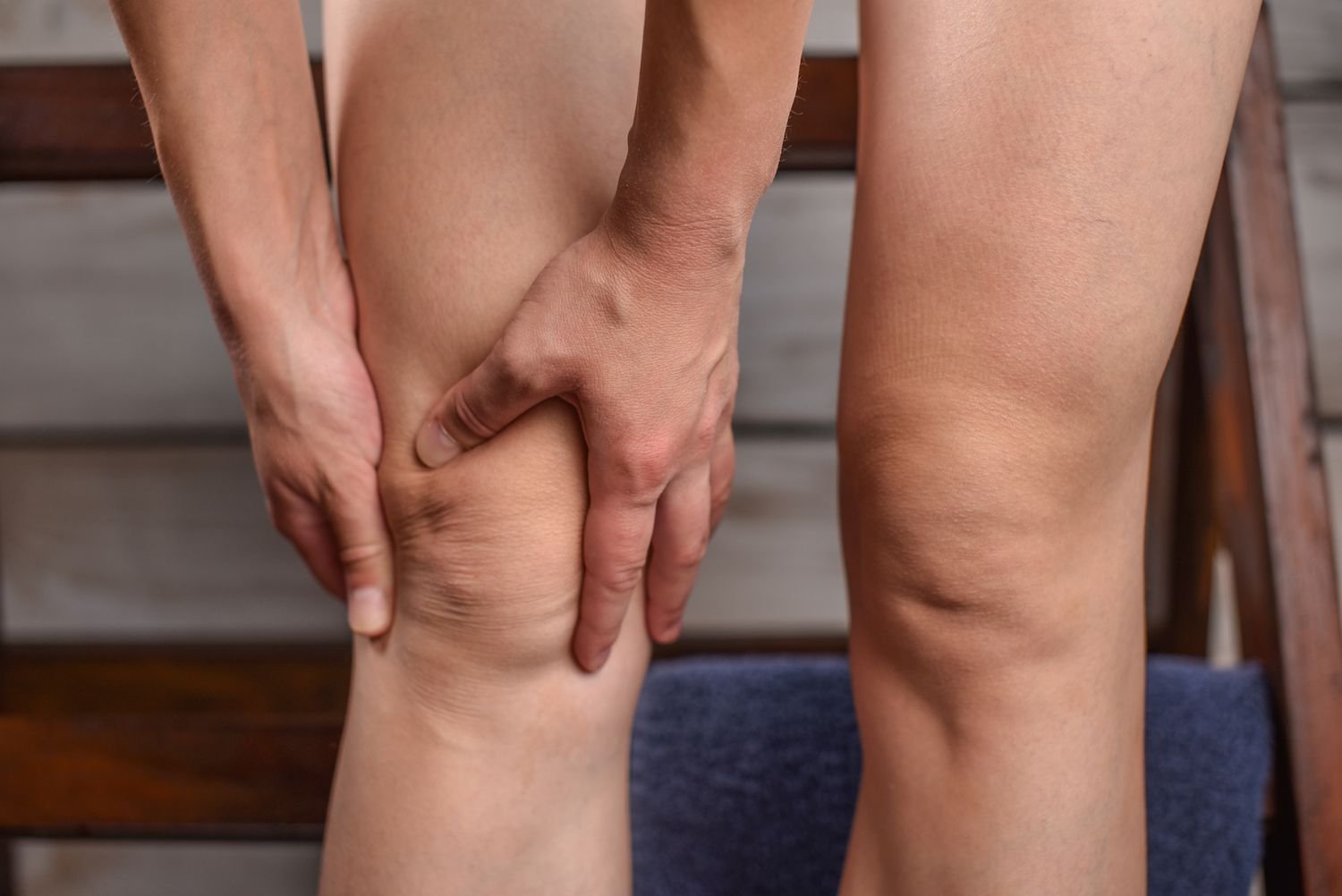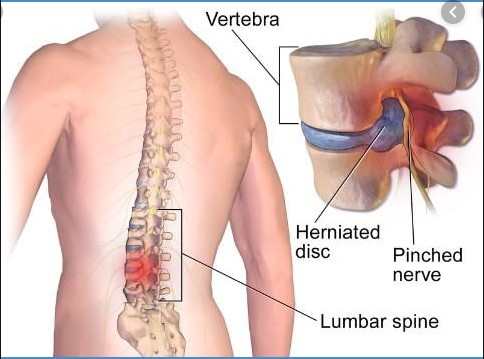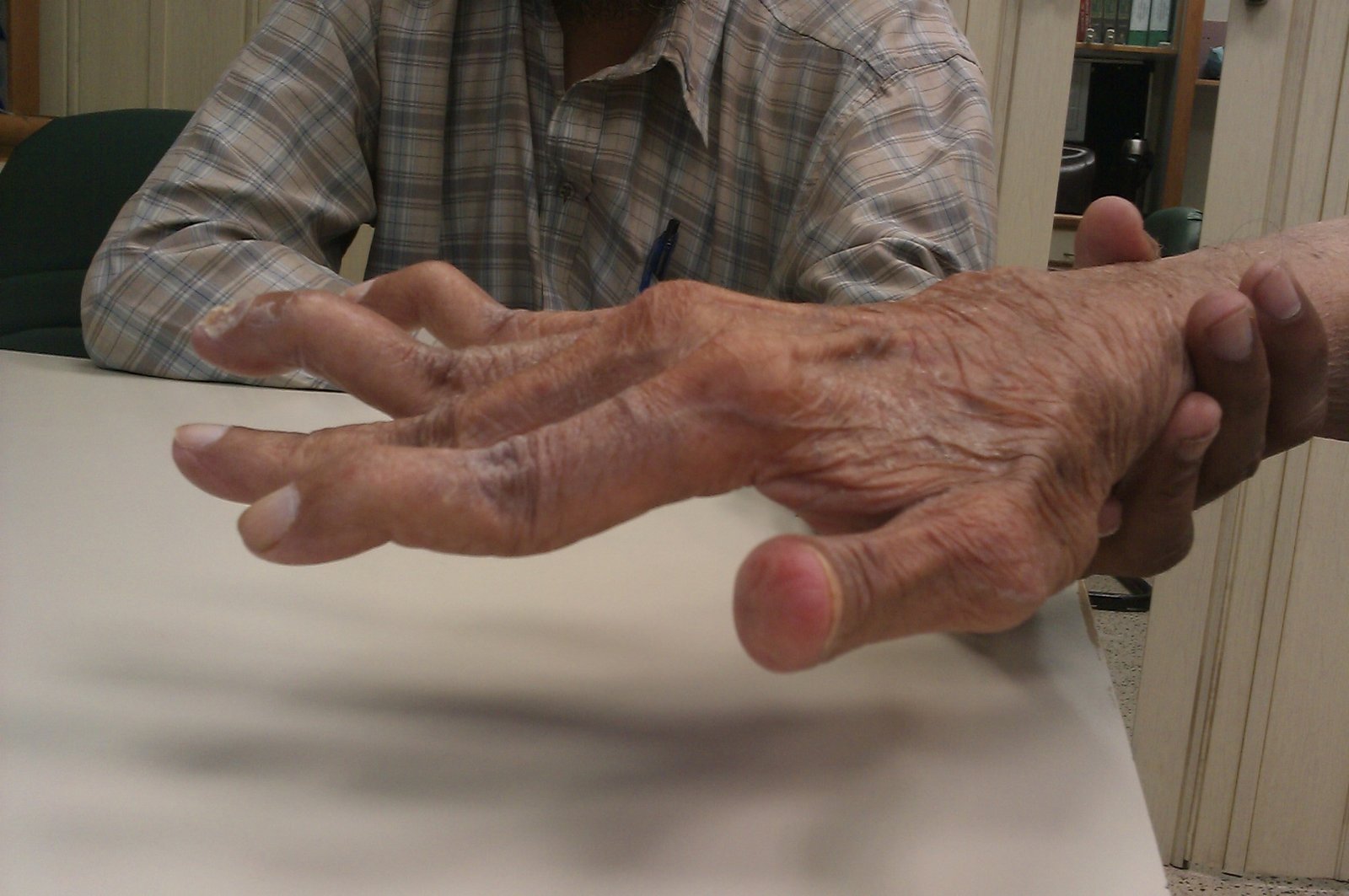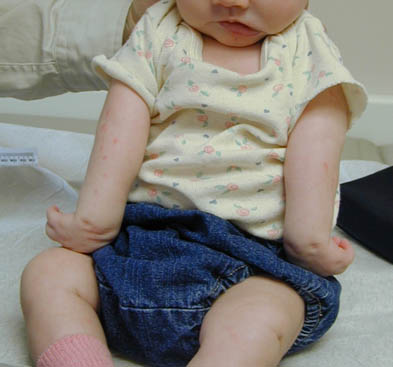Total Hip Replacement
What Is Total Hip Replacement (THR)? In Total Hip Replacement (THR), the damaged hip socket (acetabulum), and the damaged femoral sockets are removed and replaced by plastic, metal, or ceramic components depending on the age, needs, and condition. A total hip replacement (THR) is performed in patients with loss of cartilage in the hip joint.…

